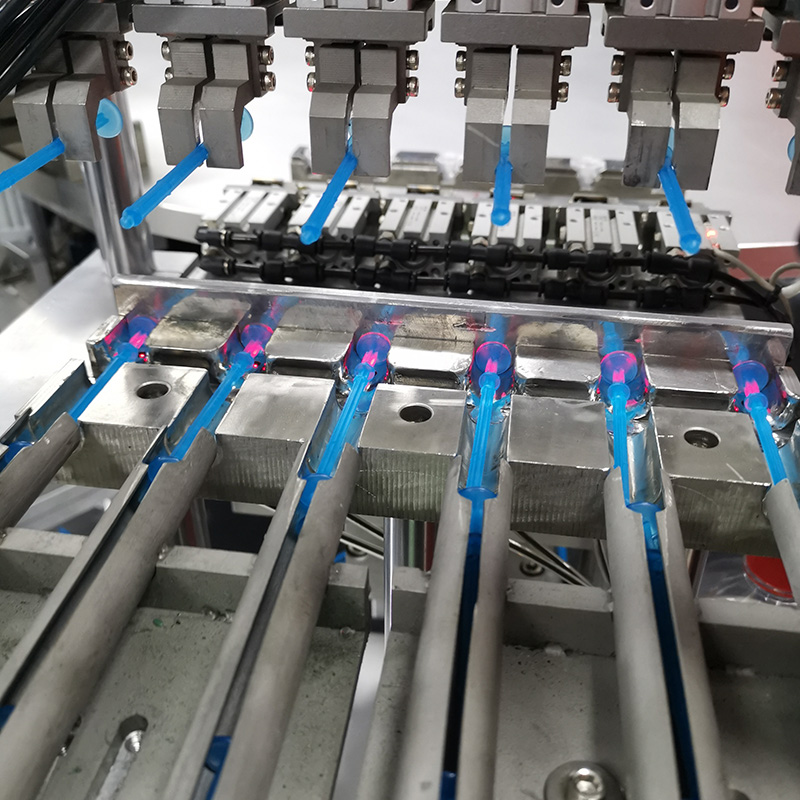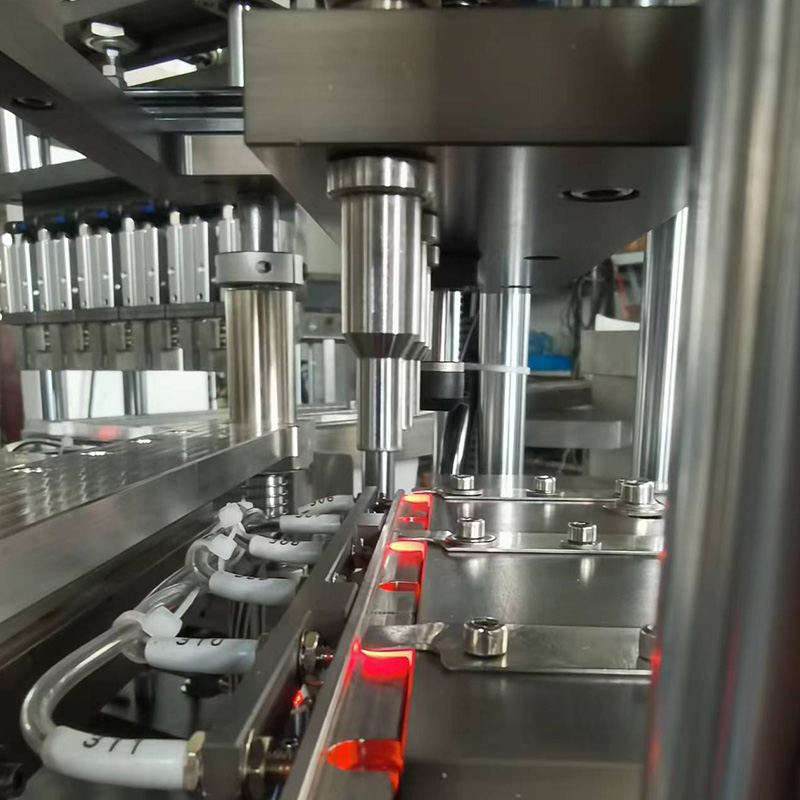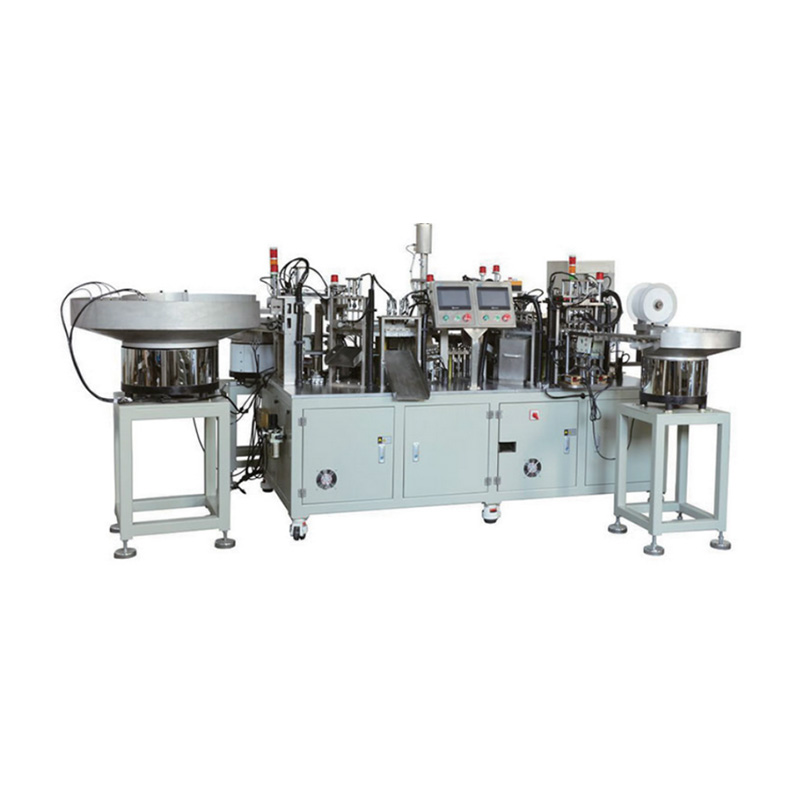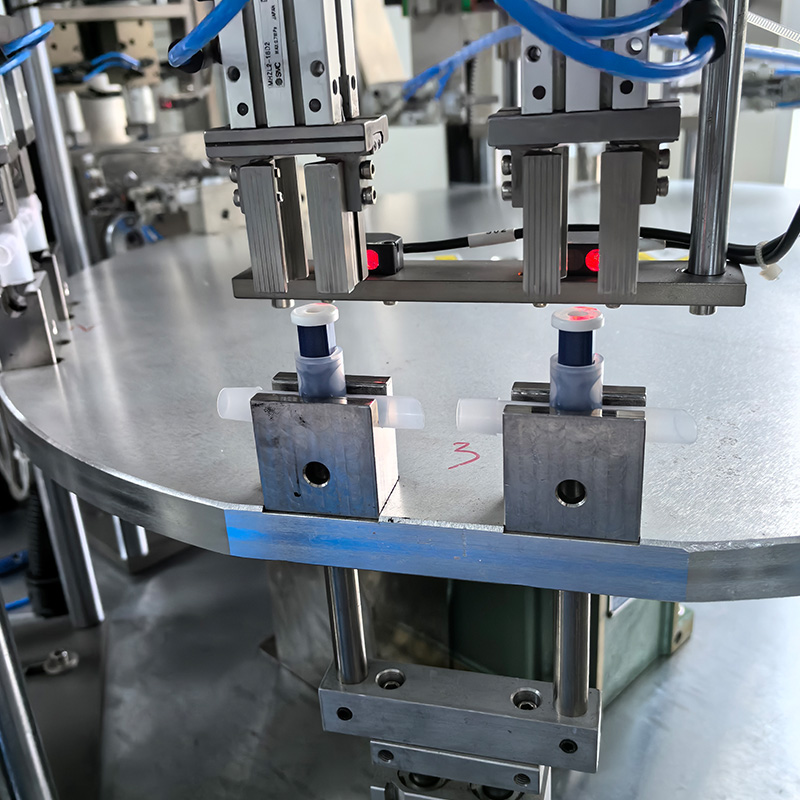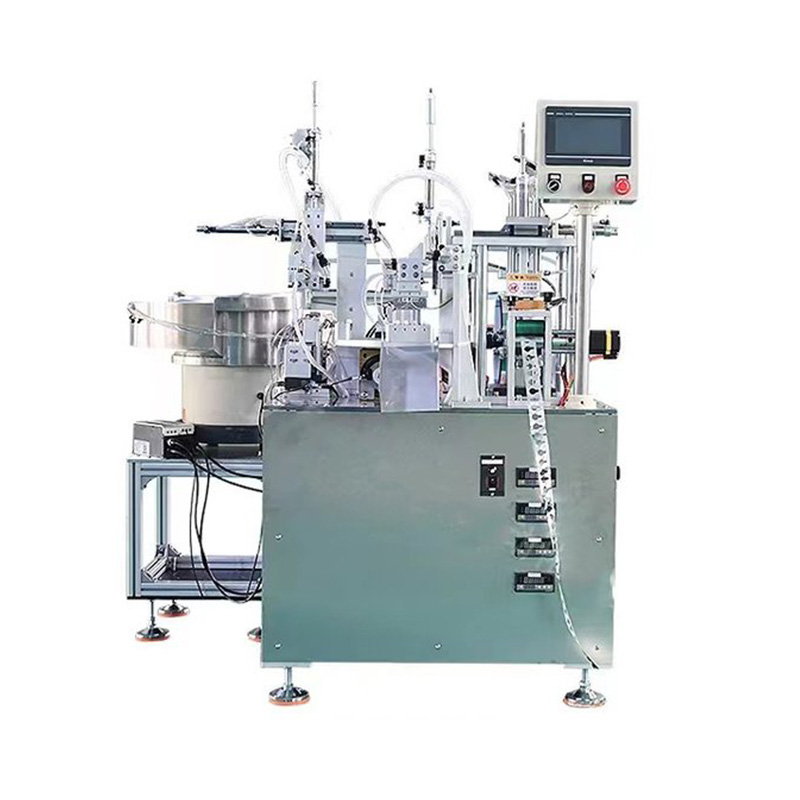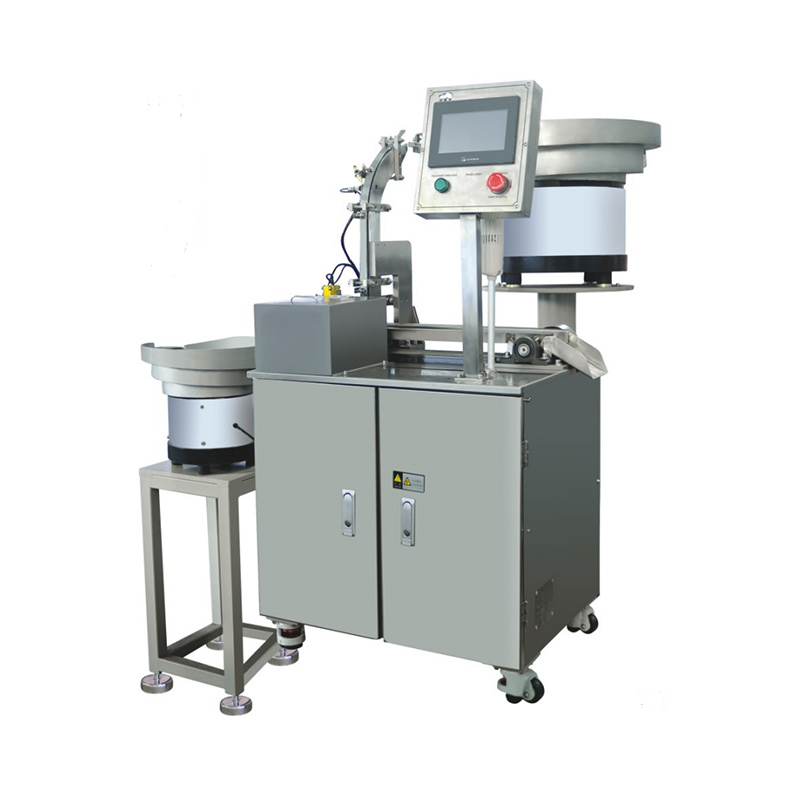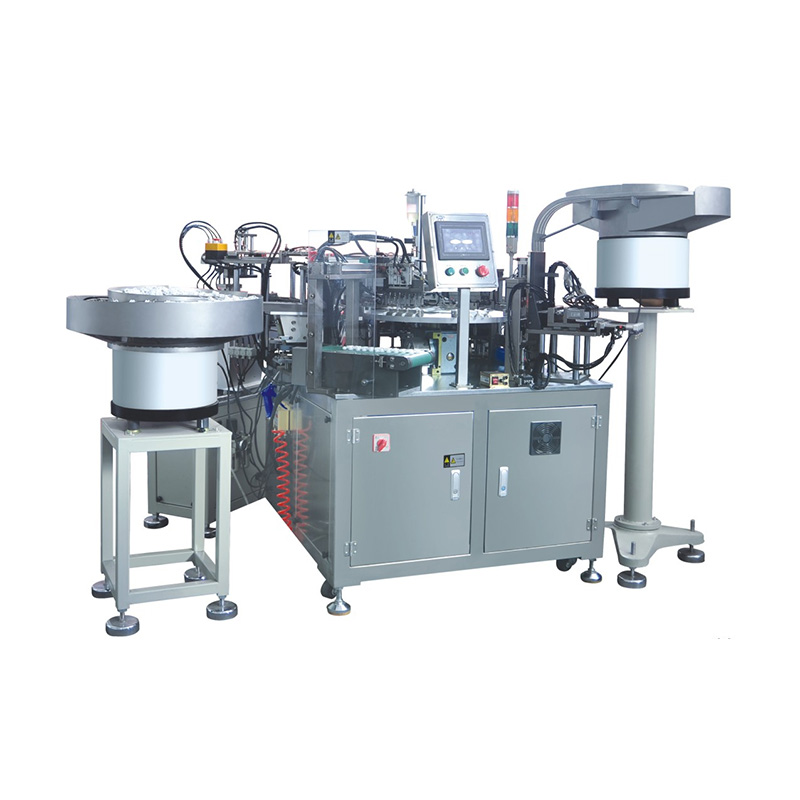China Zhejiang Taizhou Ambe Trading Co., Ltd. is a manufacturer specializing in the production of medical equipment automation equipment.
The global healthcare landscape is witnessing a surge in syringe consumption, driven by multifaceted factors. Mass vaccination campaigns worldwide, intensified by pandemic preparedness initiatives, continue to generate vast volumes of syringe requirements. Simultaneously, the growing global prevalence of diabetes necessitates millions of daily insulin injections, while the rapid expansion of complex biologic therapies—often delivered via injection—further escalates demand. This exponential growth presents both an opportunity and a significant challenge for medical device manufacturers: how to meet soaring volumes without compromising on safety, precision, or regulatory compliance.
For medical consumable producers, scaling traditional manual or semi-automated syringe filling lines is increasingly unsustainable. Manual processes struggle with throughput, are prone to human error affecting fill accuracy, and elevate contamination risks. Ensuring sterility and meeting stringent Good Manufacturing Practices (GMP) across hundreds of millions of units becomes exponentially harder without advanced technological solutions. This is where the Automated Syringe Filling Equipment Assembly Machine has transitioned from a luxury to an absolute necessity on the factory floor.
Modern Automated Syringe Filling Equipment Assembly Machine units represent the pinnacle of pharmaceutical and medical device manufacturing technology. These sophisticated systems integrate multiple critical processes—syringe barrel feeding, precision filling with sensitive liquids (vaccines, insulin, biologics), stopper placement, plunger insertion, cap application, and inspection—into a single, high-speed, controlled environment. The core value proposition of an Automated Syringe Filling Equipment Assembly Machine lies in its ability to deliver unmatched consistency and throughput while maintaining the levels of aseptic processing.
Precision is paramount, especially for high-value biologics or potent drugs. An advanced Automated Syringe Filling Equipment Assembly Machine utilizes micro-dosing pumps, often based on peristaltic or piston-stopper technology, achieving fill volume accuracies within fractions of a milliliter. This level of control, unattainable manually, is critical for drug efficacy and patient safety. Furthermore, the enclosed design of a modern Automated Syringe Filling Equipment Assembly Machine minimizes operator intervention and significantly reduces the risk of microbial or particulate contamination. Integrated in-process controls and automated vision inspection systems within the Automated Syringe Filling Equipment Assembly Machine provide real-time quality assurance, rejecting defective units instantly.
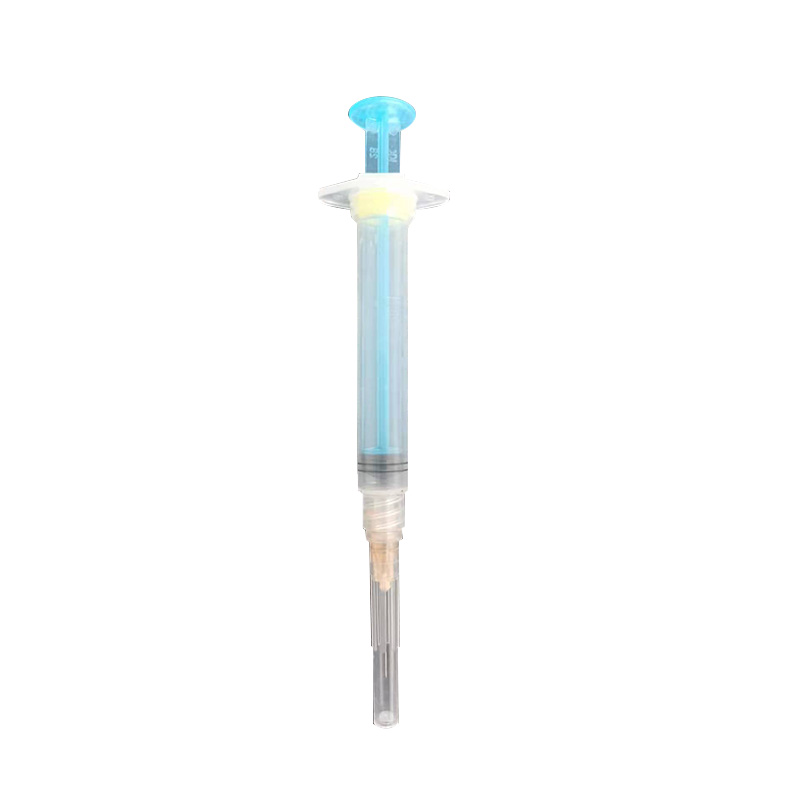
Regulatory compliance is non-negotiable. Automated Syringe Filling Equipment Assembly Machine manufacturers design their systems with GMP and FDA 21 CFR Part 11 compliance embedded. Features like comprehensive electronic batch records, user access controls with audit trails, and full system validation support are integral. Implementing a robust Automated Syringe Filling Equipment Assembly Machine is a strategic investment in regulatory adherence, simplifying audits and reducing compliance risks significantly. The inherent traceability offered by an Automated Syringe Filling Equipment Assembly Machine is invaluable for quality control and potential recall situations.
Beyond safety and accuracy, the economic argument for the Automated Syringe Filling Equipment Assembly Machine is compelling. These machines dramatically increase output—capable of filling thousands, even tens of thousands, of syringes per hour consistently. This high throughput directly addresses capacity bottlenecks. While the initial capital expenditure for an Automated Syringe Filling Equipment Assembly Machine is substantial, the return on investment is realized through reduced labor costs per unit, minimized product waste from rejects, lower risk of costly recalls, and the ability to scale production rapidly to meet fluctuating demand. The operational efficiency gains delivered by an Automated Syringe Filling Equipment Assembly Machine are transformative.
The shift towards fully integrated automation isn't just about speed; it's about guaranteeing the integrity of every single syringe leaving our facility," explains a Manufacturing Director at a European injectables producer. "Our Automated Syringe Filling Equipment Assembly Machine is the cornerstone of our quality strategy," A Compliance Officer at a US-based biologics manufacturer adds. "The data integrity and process control features built into our new Automated Syringe Filling Equipment Assembly Machine provide unparalleled confidence during regulatory inspections."
As demand for injectable therapies continues its upward trajectory, driven by aging populations, chronic disease prevalence, and biopharmaceutical innovation, the role of the Automated Syringe Filling Equipment Assembly Machine will only become more critical. Manufacturers prioritizing the adoption of this sophisticated equipment are positioning themselves for sustainable growth, enhanced product quality, and leadership in an increasingly competitive global market. The future of syringe manufacturing is unequivocally automated, and the Automated Syringe Filling Equipment Assembly Machine is the engine driving this essential evolution. Selecting the right Automated Syringe Filling Equipment Assembly Machine is now a fundamental strategic decision for any serious player in medical consumables.

 English
English русский
русский Español
Español

